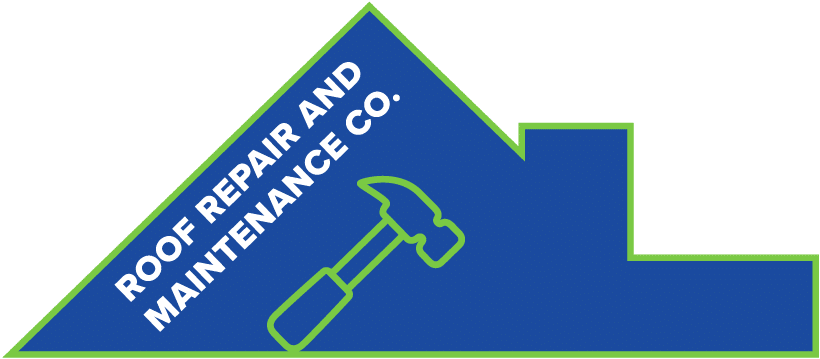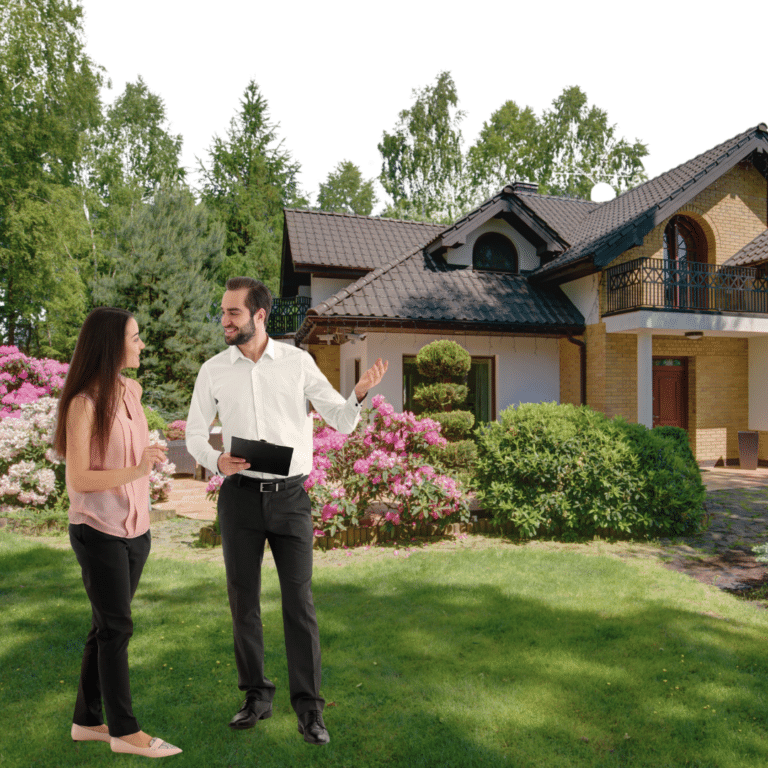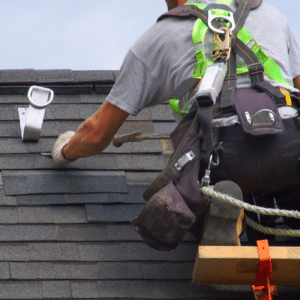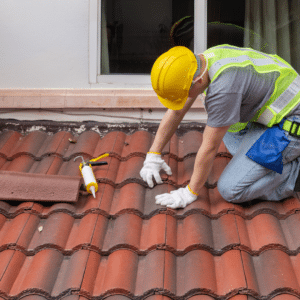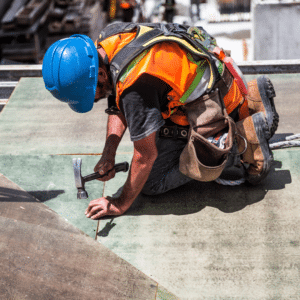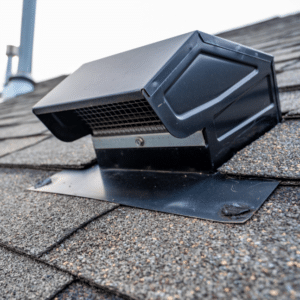Managing residential properties comes with constant demands—and few are as costly or urgent as roofing problems. This article explores residential roof maintenance for property managers, helping you prevent unexpected repair bills and keep tenants satisfied. If you’re responsible for maintaining multiple homes or rental units, the guidance here can offer clarity and peace of mind.
Roof maintenance for property managers typically includes scheduled roof health reports to assess structural and material condition, preventative maintenance tasks such as clearing gutters and sealing flashing, minor repairs to address leaks or wear before they escalate, documentation and reporting for long-term asset planning, and emergency response services when weather or damage threatens habitability.
- Why Proactive Roof Care Matters More Than You Think
- What to Expect from Roof Maintenance for Property Managers
- Roof Health Reports: The Foundation of Long-Term Cost Control
- How Maintenance Supports Tenant Satisfaction and Retention
- Customizing Residential Roof Maintenance for Your Portfolio
- Choosing a Roofing Partner You Can Rely On
- Building Confidence Through Proactive Roof Care
Key Takeaways:
- Preventative maintenance is smarter than reactive repair. A regular schedule of care reduces risk and controls long-term costs.
- Roof health reports deliver clarity. These reports allow you to prioritize maintenance and budget accurately.
- Tenant satisfaction depends on roofing reliability. Addressing problems early keeps your reputation—and your leases—intact.
- Customized plans increase efficiency. Services should scale and adapt to your property’s size, type, and usage.
- The right partner makes all the difference. Choose a team with the tools, experience, and professionalism to support your portfolio.
We’ll explore how these services protect property value, reduce tenant complaints, and prevent costly issues. Keep reading to make roofing one less thing to worry about.
Why Proactive Roof Care Matters More Than You Think
Neglecting roof maintenance doesn’t just result in leaks—it can seriously impact the reputation and profitability of your property. Water damage, mold growth, and tenant complaints often escalate into costly claims and prolonged vacancies—with average insurance claims for these issues exceeding $10,000 annually in the U.S. Additionally, replacing an asphalt shingle roof can cost around $21,400, making proactive maintenance a cost-effective strategy. For property managers, staying ahead of these issues is more than just responsible—it’s a strategic move.
Preventative care helps preserve your budget by reducing the need for emergency repairs, extends the lifespan of roofing systems, and lowers tenant turnover by addressing concerns before they become major problems. Whether you’re managing a few rental homes or a large portfolio, roof maintenance for property managers offer the consistency and structure needed to protect your properties and maintain long-term value.
What to Expect from Roof Maintenance for Property Managers
Understanding the scope of roof maintenance for property managers helps you make smarter, more efficient decisions. These services support daily operations and long-term planning. Key components often include:
- Roof Health Reports: Routine assessments to evaluate roof condition and spot early signs of roof damage.
- Preventative Maintenance: Clearing debris, sealing problem areas, and ensuring proper drainage.
- Minor Repairs: Fixing small issues before they become major expenses.
- Documentation: Maintenance records to guide budgeting and capital planning.
- Emergency Services: Fast response to urgent leaks or weather-related damage.
These services aren’t just about quick fixes—they’re about creating a reliable, proactive maintenance system.
Roof Health Reports: The Foundation of Long-Term Cost Control
Roof maintenance for property managers often begin with roof health reports, a critical starting point for effective property maintenance. Unlike basic inspections, these detailed evaluations provide a comprehensive look at each roof’s condition, enabling property managers to prioritize needs across multiple buildings. A thorough report includes visual assessments of key components such as shingles, flashing, and drainage systems, along with identification of problem areas like soft spots, standing water, or early signs of rot. Photographic documentation is also included, making it easier to share findings with stakeholders or reference them during budgeting discussions. These insights allow for early detection of issues and more accurate planning, often leading to proactive repairs that prevent costly damage down the line.
How Maintenance Supports Tenant Satisfaction and Retention
Tenants expect a safe, comfortable living environment—and roofing issues can quickly undermine that trust. Water intrusion, ceiling stains, or persistent drips often lead to formal complaints and lower lease renewal rates. Investing in roof maintenance for property managers does more than prevent these problems—it enhances the tenant experience. A well-maintained roof helps avoid interior damage, reduces mold risks, and preserves curb appeal, all of which reflect positively on the property.
These factors support stronger retention and fewer vacancies. Notably, a 1-point increase in tenant satisfaction (on a 1–5 scale) is linked to an 8.6% higher willingness to renew. When visible upkeep like roof care is prioritized, tenants are more likely to view the property as well-managed and worth staying in.
Customizing Residential Roof Maintenance for Your Portfolio
Not all properties require the same maintenance plan. Residential roof maintenance for property managers are most effective when tailored to the specific characteristics of each property, including location, roofing system, and how the building is used. For instance, a duplex in Douglas County may require snow load monitoring during the winter, while a rental home surrounded by mature trees might benefit from regular seasonal gutter cleanings to prevent blockages. In the case of townhome communities managed by HOAs, coordinated maintenance and reporting across multiple units may be necessary to keep everything on track. By adapting your strategy to these real-world needs, you ensure your maintenance plan is both effective and resource-efficient.
Choosing a Roofing Partner You Can Rely On
Partnering with the right roofing contractor is just as important as the maintenance services themselves. The most reliable providers function as an extension of your team, offering transparency, consistency, and clear communication every step of the way. When evaluating a company for roof maintenance for property managers, consider asking whether they offer recurring roof health reports, if their maintenance schedules can be customized based on the specific needs of each property, how quickly they respond to emergency issues, and whether they have experience working with other property managers or HOAs. These questions can help ensure you’re choosing a partner who understands the demands of your role and is equipped to support your long-term property goals.
Reliable providers like Roof Repair and Maintenance understands the pace and pressure of property management—and they help make your job easier, not harder.
Building Confidence Through Proactive Roof Care
Staying ahead of roof issues is one of the most effective ways property managers can protect both their investment and tenant relationships. A consistent, well-structured maintenance plan helps you minimize unexpected costs, extend the life of each roofing system, and reduce the kinds of complaints that erode tenant trust. With professional guidance and a reliable schedule, managing multiple roofs doesn’t have to be overwhelming—it can become a seamless part of your property care strategy.
If you’re ready to simplify your approach and avoid costly repairs, book your free inspection today. Roof Repair and Maintenance is here to support your residential roof needs with practical solutions tailored to your property goals.
How often should property managers schedule roof health reports?
Twice a year, typically in the spring and fall. This timing helps identify issues after harsh seasonal conditions like heavy snowfall or summer heat. Additional checks may be necessary after major storms or in high-risk areas.
What are signs that a roof needs maintenance even if there’s no visible leak?
Watch for missing shingles, sagging areas, granules in gutters, or rising energy bills. These signs often point to hidden roof issues.
Can roof maintenance services help with insurance compliance for managed properties?
Yes. Regular maintenance and roof health reports show due diligence, support claims, and may help with lower premiums.
